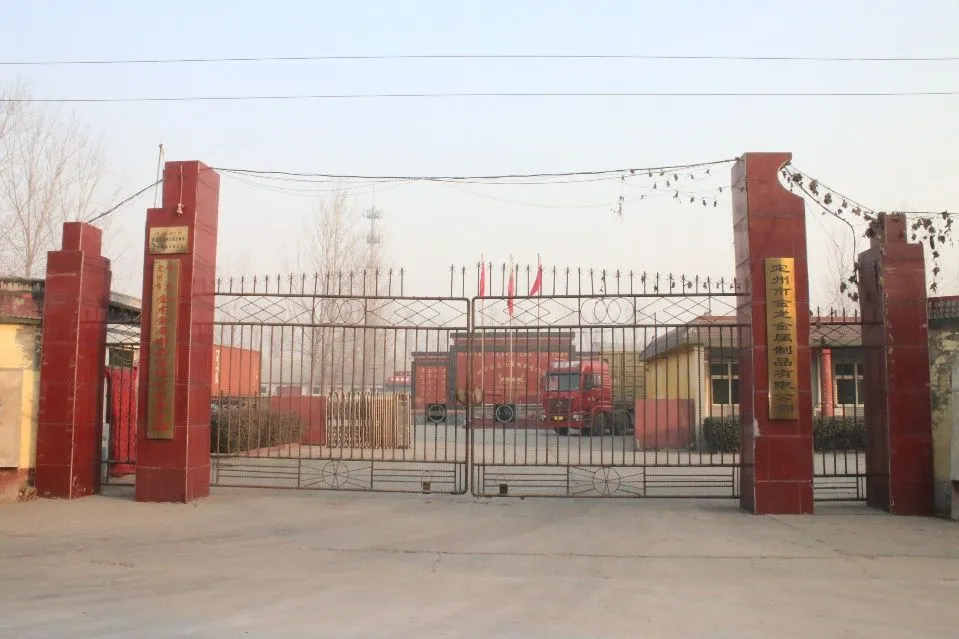cast iron tig welding rod
Mar . 04, 2025 08:54
Choosing the right welding rod for cast iron projects is pivotal for ensuring a durable and robust weld. Cast iron is known for being notorious in the welding field due to its high carbon content, which makes it prone to cracking and difficult to manipulate. However, with the right expertise and products, you can achieve reliable results.
Expert tips for achieving the best results include adequate preheating of cast iron components to reduce thermal stress. Maintaining a temperature between 500 to 1200 degrees Fahrenheit is often suggested before commencing the welding process. Slow cooling is just as critical. Some artisans bury welded parts in sand or wrap them in insulating blankets to control the cooling rate, thus minimizing the risk of cracking. Furthermore, using a consistent and controlled welding technique can significantly impact the integrity of the weld. Short, intermittent welds with controlled electrode angles allow for precision, reducing stress on the brittle cast iron. Availability of products and guidance from authoritative suppliers is also essential. Trusted brands like Lincoln Electric and ESAB offer reliable welding rods supported by extensive user guidelines and technical support to assist both novice and experienced welders. Lastly, entrusting your projects to welders with proven expertise in working with cast iron can enhance outcomes considerably. Their on-the-ground experience with different rods and conditions can guide you towards the best materials and practices for specific situations. In conclusion, choosing the best welding rod for cast iron involves considering the specific demands of the project, understanding the nuances of cast iron, and leveraging expert advice and authoritative resources. Whether prioritizing machinability with nickel rods, opting for cost-effective nickel-iron alternatives, or engaging expert services, these strategies ensure longevity and effectiveness in welding cast iron.


Expert tips for achieving the best results include adequate preheating of cast iron components to reduce thermal stress. Maintaining a temperature between 500 to 1200 degrees Fahrenheit is often suggested before commencing the welding process. Slow cooling is just as critical. Some artisans bury welded parts in sand or wrap them in insulating blankets to control the cooling rate, thus minimizing the risk of cracking. Furthermore, using a consistent and controlled welding technique can significantly impact the integrity of the weld. Short, intermittent welds with controlled electrode angles allow for precision, reducing stress on the brittle cast iron. Availability of products and guidance from authoritative suppliers is also essential. Trusted brands like Lincoln Electric and ESAB offer reliable welding rods supported by extensive user guidelines and technical support to assist both novice and experienced welders. Lastly, entrusting your projects to welders with proven expertise in working with cast iron can enhance outcomes considerably. Their on-the-ground experience with different rods and conditions can guide you towards the best materials and practices for specific situations. In conclusion, choosing the best welding rod for cast iron involves considering the specific demands of the project, understanding the nuances of cast iron, and leveraging expert advice and authoritative resources. Whether prioritizing machinability with nickel rods, opting for cost-effective nickel-iron alternatives, or engaging expert services, these strategies ensure longevity and effectiveness in welding cast iron.
Related Video
Copyright © 2025 Dingzhou Jinlong Metal Production Co., Ltd. All Rights Reserved. Sitemap | Privacy Policy




























